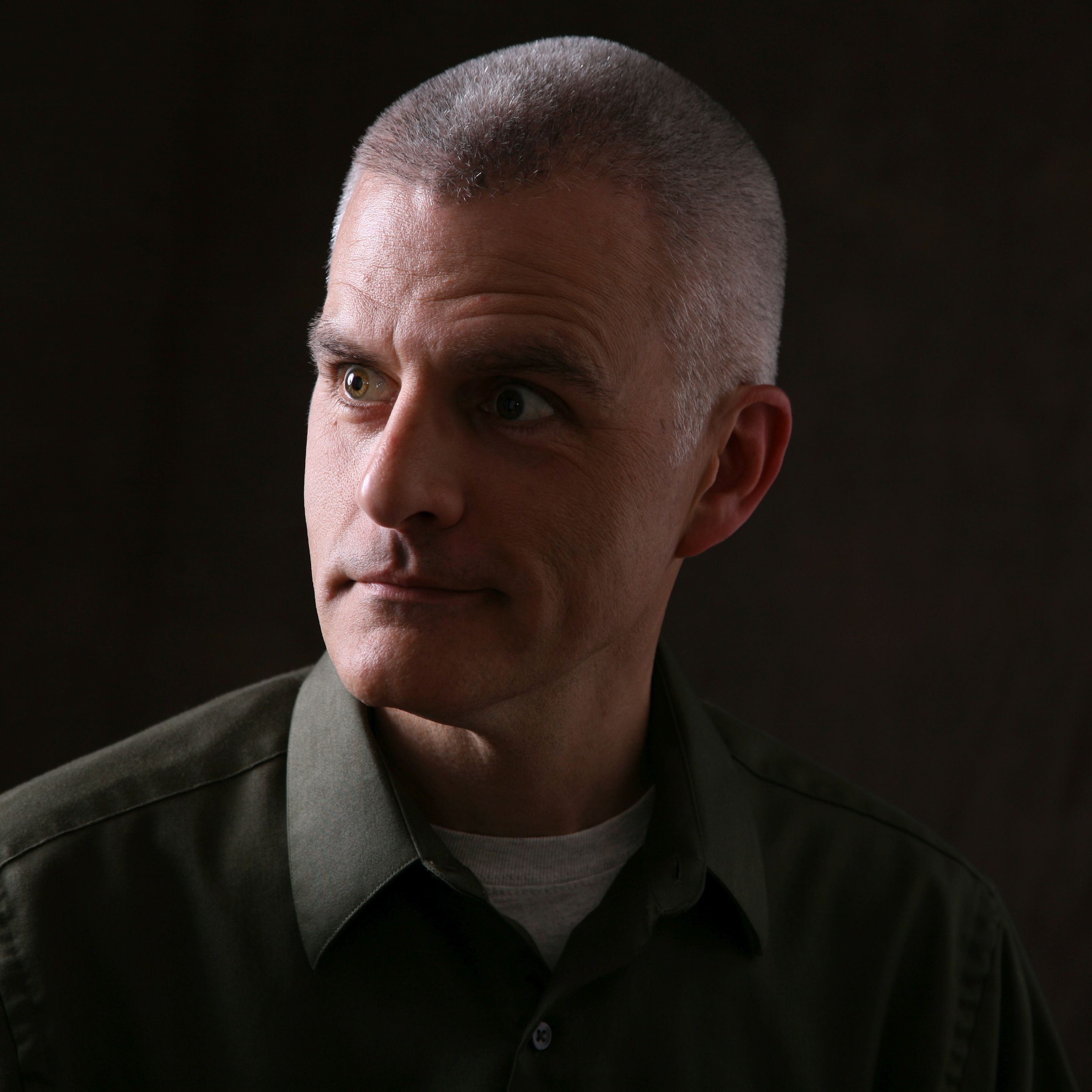


Participants will learn how the Creative Solutions for the Global Good course works, and will engage in a design thinking-based process for how to generate and answer questions for pushing projects from the mundane to the compelling, and from the compelling to the inspiring. These techniques for getting students to push themselves with their goals and activities can also support teachers' work in other classes.
In addition to receiving the materials the presenter has used over the four years of building the Creative Solutions for the Global Good course at his school, attendees will work together to identify strengths of their own students in order for a similar course or group to launch projects that can make a difference in their communities. Whether replicating the course or adapting the materials to use as a set of activities for a component of an existing course, participants will be able to use what they receive and do in the session in order to work effectively with colleagues to optimize the chances for success for their students.
Finally, participants will be able to use the inspiration from shared stories to see the relationship between these kinds of student projects and improved connections to the larger school community. They may continue their development with this through a series of free posts with inspiring stories and prompts for their use with students.
As for evidence, the Creative Solutions for the Global Good course at Junipero Serra High School in San Mateo has been running for four years (and is now in its fifth), and each year in the spring, students present their work to an audience.
In the spring of 2022, audiences of over one hundred attendees included professionals, educators, and community supporters in nineteen countries. The program was done in collaboration with a partner school in South Africa, further adding to the opportunity to inspire students to pursue their best. (This spring's program can be seen at: nextvista.org/creative-solutions-for-the-global-good-22/ .) One of the students from the '20-'21 class, Matt Cerza, was part of a panel on ISTE's (virtual) mainstage in 2021.
Knowing that a large group of people from beyond (and well beyond) one's campus will attend a summative presentation speaks to a quote from the presenter: "When students know others will see their work, they want it to be good. When it's just for the teacher, they want it to be good enough."
Opening (10m)
- The session will begin with an introduction to the Creative Solutions for the Global Good course at Junípero Serra High School (San Mateo), and its relationship to the larger goal of combining innovative learning with service to others.
Fostering a Broader and Bolder Perspective (20m)
- A primary challenge for students in the course, and for attendees in the session, is to think beyond traditional course requirements. In this segment, we will explore how to generate and answer questions designed to push projects from the mundane to the compelling, and from the compelling to the inspiring. This will include a short video sample of a student presentation.
Logistics for Inspiration (20m)
- Attendees will work with models for organizing content and assignments for the course, as well as approaches to recording and sharing student pitches and presentations. As successfully giving and receiving feedback is a central piece of the course, the presenter will guide the groups on ways to adapt such systems to a variety of school and community settings.
Closing (10m)
- The presenter will leave time for Q&A, as well as how to use the support materials made freely available online to all attendees and their colleagues.
* "When students know others will see their work, they want it to be good. When it's just for the teacher, they want it to be good enough." (2016). Hurley, R., Making Your School Something Special. (San Diego, Dave Burgess Consulting, p27.)
* Both youths and communities benefit when students engage in service learning in and out of school. (Zaff, J, and Lerner, R. (2010). Service Learning Promotes Positive Youth Development in High School. Phi Delta Kappan, Feb 2010, 91(5), 21-23.)
* "Technology's role...is less about the concrete forms it takes, and more about how it shapes possibilities for us and our students." (Hurley, 2016). Making Your School Something Special (DBC Books, 8.)
* The catalytic effects of Web 2.0 technologies are attractive, allowing greater student independence and autonomy, greater collaboration, and increased pedagogic efficiency. (Franklin, T., and van Harmelen, M. (2007) Web 2.0 for Content for Learning and Teaching in Higher Education; Bristol: JISC.)
* Digital video technologies can encourage collaborative learning with the associated benefits of increased motivation, deeper understanding, and increased self-confidence. (Roschelle, J., Pea, R., Hoadley, C., Gordin, D., & Means, B. (2000). Changing how and what children learn in school with computer-based technology. Children and Computer Technology, 10(2), 76–101.)